The Long Now Foundation is a one-of-a-kind organization of inventors, innovators, and polymaths dedicated to cultivating long-term thinking.
These people have all accomplished amazing things in their lives — having worked as scientists, authors, even Disney Imagineers.
Now they’re focused on what’s next.
The Long Now Foundation came together in 01996 to combat a problem they saw looming over the public discourse, decades before the rise of the internet:
Civilization is revving itself into a pathologically short attention span. The trend might be coming from the acceleration of technology, the short-horizon perspective of market-driven economics, the next-election perspective of democracies, or the distractions of personal multi-tasking. All are on the increase. Some sort of balancing corrective to the short-sightedness is needed-some mechanism or myth which encourages the long view and the taking of long-term responsibility, where 'long-term' is measured at least in centuries. Long Now proposes both a mechanism and a myth.
Maybe some of the problems we face today are not as new as we think they are.
A mechanism and a myth
What I love about the Long Now Foundation is that they’re less concerned with why this has become a problem and are more focused on actually doing something about it.
The mechanism: the 10,000 Year Clock
Huge in size and ambition, the 10,000 year clock is exactly what it sounds like: a clock that will tick for 10,000 years.
The Clock is literally being carved out of a mountain in West Texas. It will be a gigantic mechanical wonder that ticks once per year and bongs once per century, with a cuckoo that comes out once every millennium.
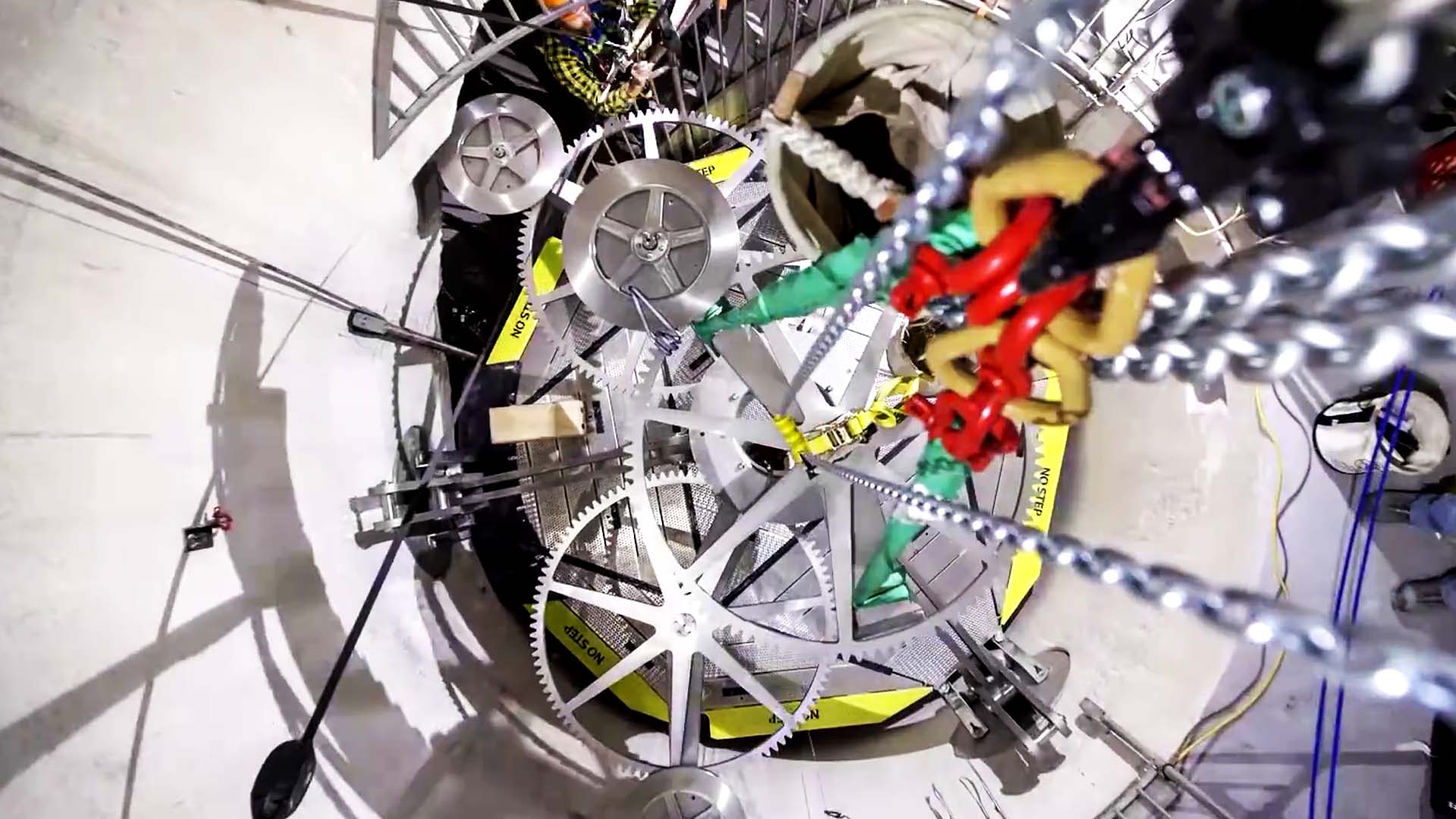
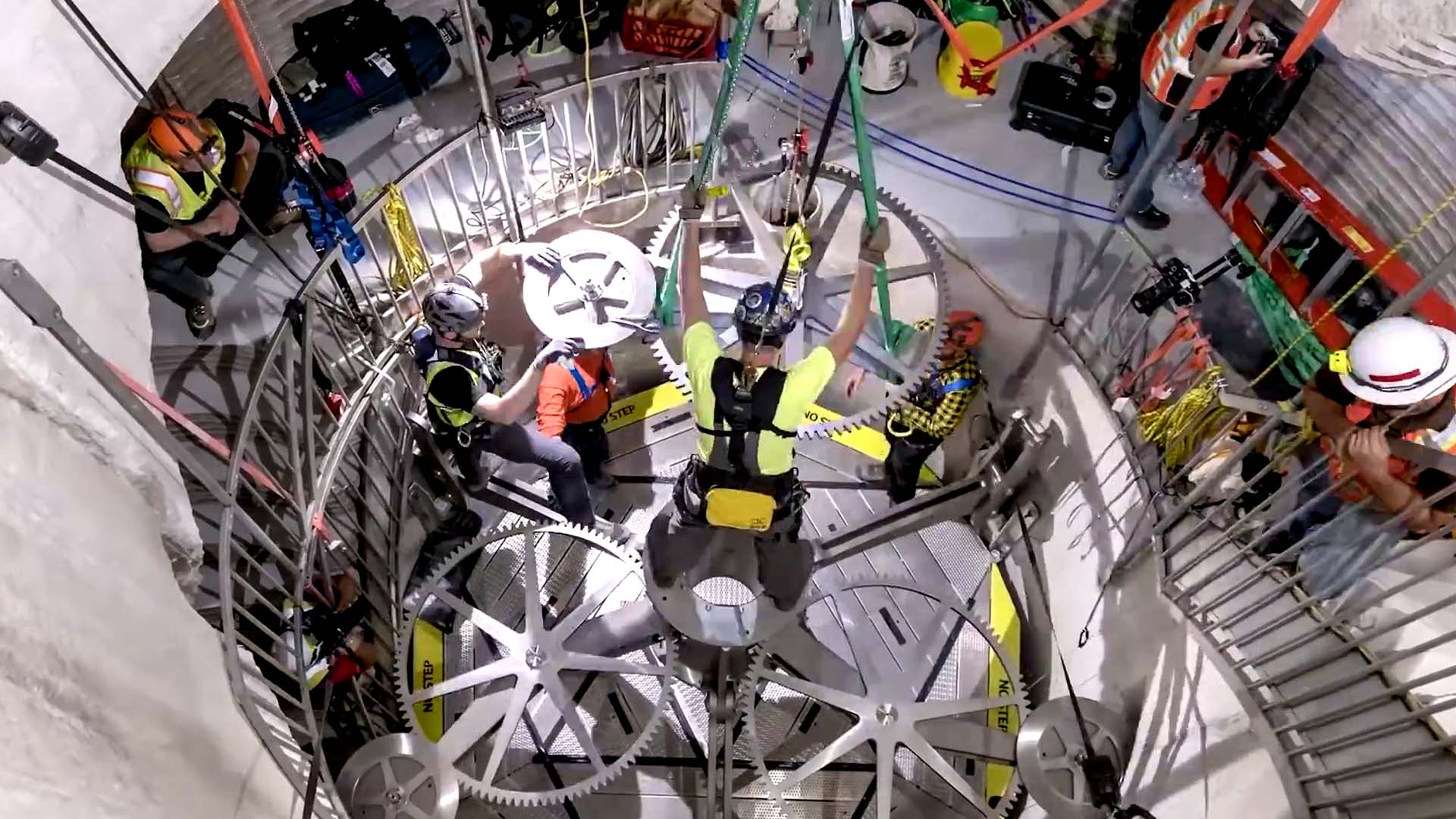
Seemingly every part of the installation is bespoke. The materials are specifically chosen to withstand the test of time, the mechanisms elaborately engineered to require no maintenance or outside influence. This is peak human ingenuity. A grandiose statement.
By building something so large — Danny Hillis has compared the scale of the thing to Stonehenge — the Long Now Foundation is creating a symbol that cultivates long-term thinking simply by existing.
The Clock is a reminder that is designed to stand the test of time, a monument to humanity’s achievement’s now and in the future. If this Clock is still around in 10,000 years, will we be? What will civilization look like?
Oh yeah, and financial funding for the Clock is provided by none other than Jeff Bezos.
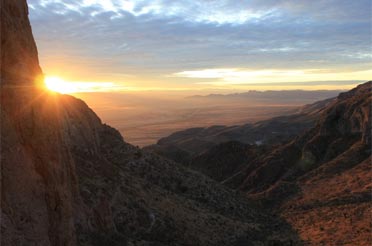

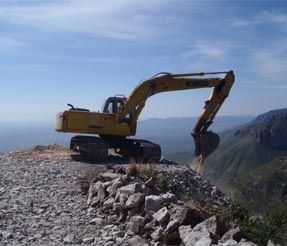

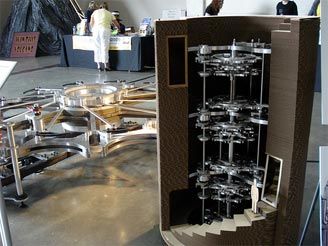
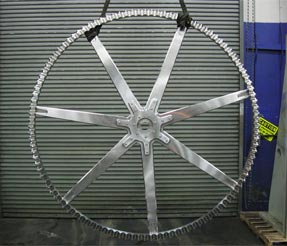
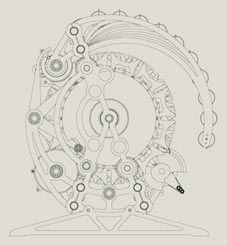
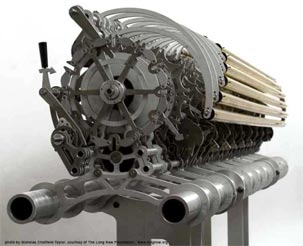
Images via the 10,000 Year Clock Website
As I see it, humans are now technologically advanced enough that we can create not only extraordinary wonders but also civilization-scale problems. We’re likely to need more long-term thinking.
— Jeff Bezos on the 10,000 year clock
The people involved in this project — and in the Long Now Foundation as a whole — are a who’s who of the world’s most prolific inventors, innovators, and polymaths. These are the people who have pushed boundaries and built the present-future that we live in today. Now they're thinking about the distant future.
The myth of the long now
The myth is about imagining a truly distant future and remembering our deep history.
Musician Brian Eno has described the “long now” as a 20,000 year-long period extending 10,000 years into the future and 10,000 years into the past.

This is why the Long Now Foundation (and as you might've noticed, this article) notates the year with a leading 0: as a constant reminder of the 10,000 year perspective. So the year this article was published would be written as 02021, the year the Long Now Foundation was started is 01996.
Five digit dates with an extra zero at the beginning are also a highly pre-emptive solution to the deca-millennium bug — which is kinda like what was supposed to happen with Y2K, but with the extra 1 that will happen when we cross the year 10,000 (it'll become an issue about 8,000 years from now).
The innovator’s innovator
This is planetary-scale thinking, which makes sense considering the fact that Stewart Brand is one of the cofounders of the Long Now Foundation. Odds are that you've heard about Stewart before — Steve Jobs ended his famous 02005 Stanford commencement speech by mentioning him:
When I was young, there was an amazing publication called The Whole Earth Catalog, which was one of the bibles of my generation. It was created by a fellow named Stewart Brand not far from here in Menlo Park, and he brought it to life with his poetic touch. This was in the late 1960s, before personal computers and desktop publishing, so it was all made with typewriters, scissors and Polaroid cameras. It was sort of like Google in paperback form, 35 years before Google came along: It was idealistic, and overflowing with neat tools and great notions.
Stewart and his team put out several issues of The Whole Earth Catalog, and then when it had run its course, they put out a final issue. It was the mid-1970s, and I was your age. On the back cover of their final issue was a photograph of an early morning country road, the kind you might find yourself hitchhiking on if you were so adventurous. Beneath it were the words: “Stay Hungry. Stay Foolish.” It was their farewell message as they signed off. Stay Hungry. Stay Foolish. And I have always wished that for myself. And now, as you graduate to begin anew, I wish that for you.
Stay Hungry. Stay Foolish.
That’s right: Stewart Brand was the guy who gave Steve Jobs the “stay hungry, stay foolish” line.
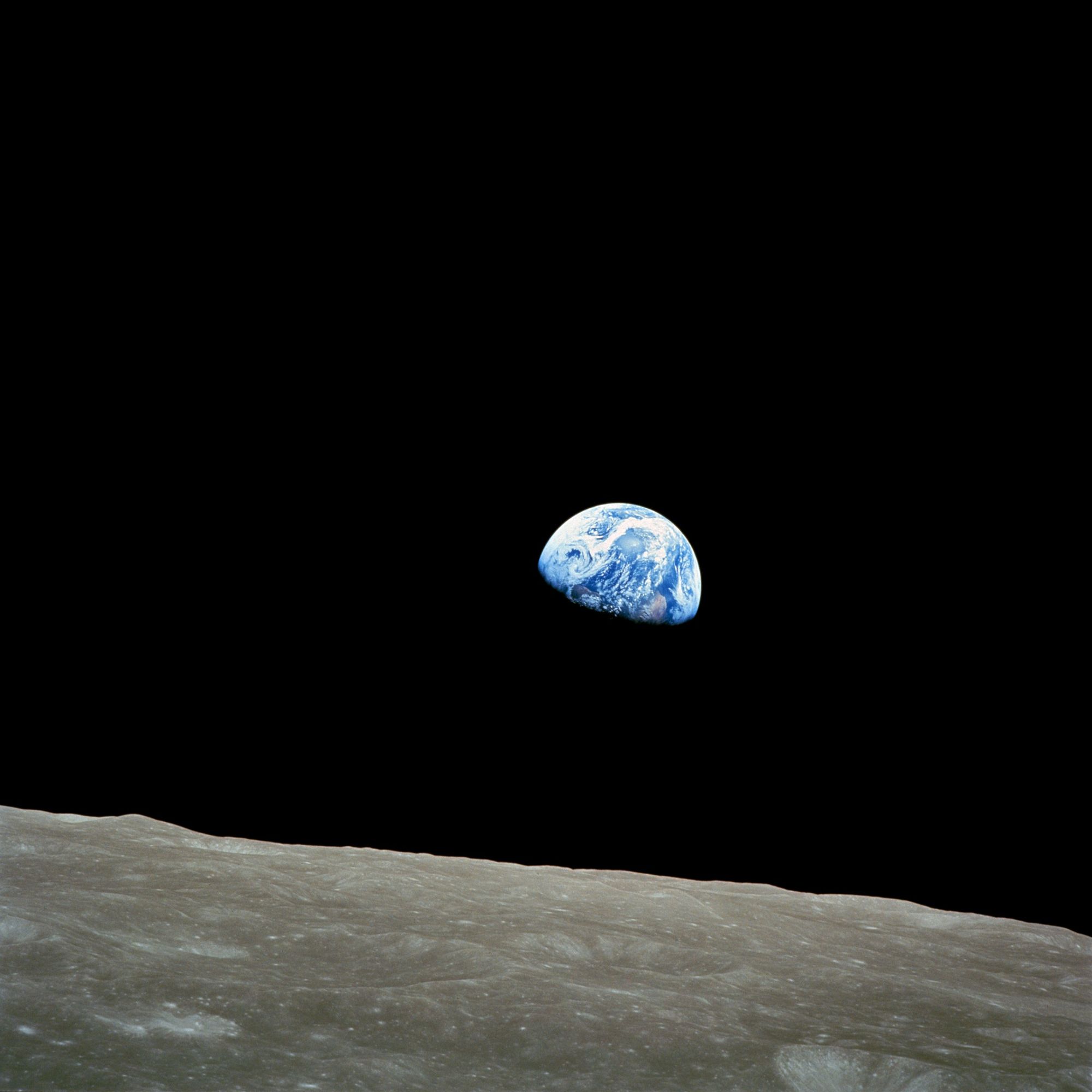
Stewart is often described as someone who’s always in the right place at the right time.
- Stewart convinced NASA to release the first full photographs of the “whole earth” back in the 60’s and 70’s after the Apollo missions, which made him a popular figure in the early environmentalist movement and helped people understand the “overview effect”
- He hung out with Ken Kesey and the Merry Pranksters when LSD was still legal back in the 60’s
- Stewart created the Whole Earth Catalog — as Steve Jobs put it, “Google before Google” or “one of the bibles of our generation”
- He was a camera operator during the Mother of All Demos, the first demonstration of a computer mouse
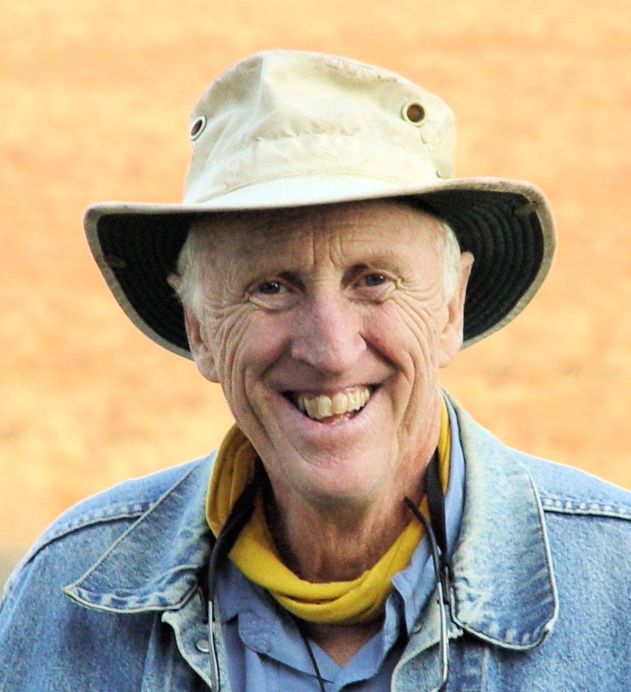
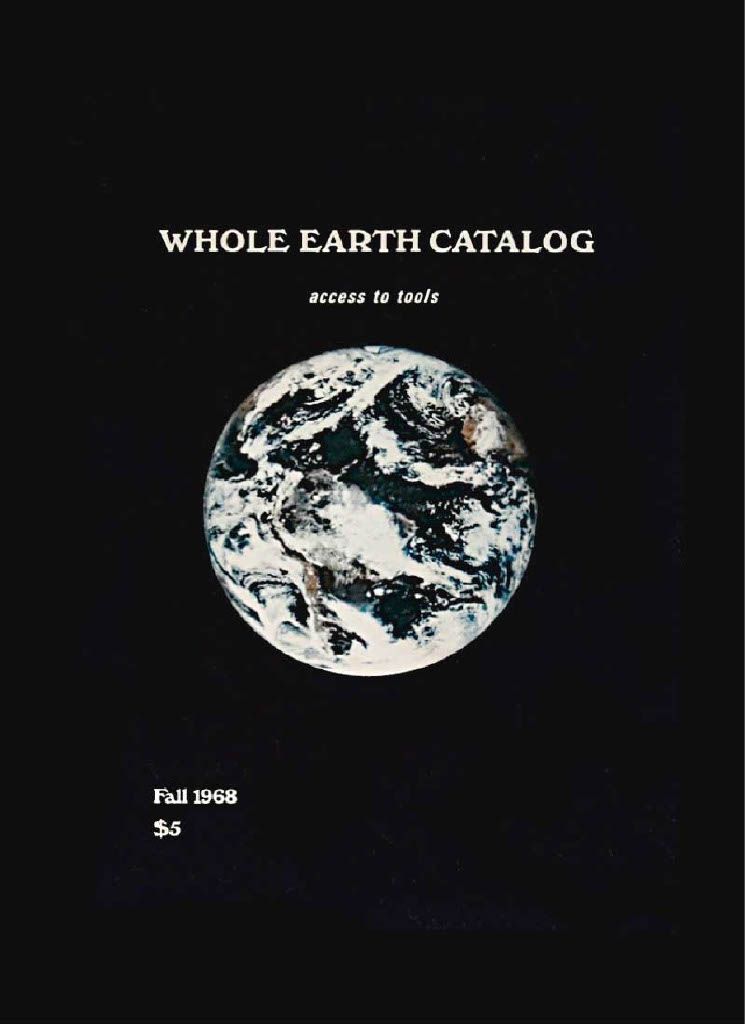
Stewart Brand on the left; on the right, a photo of the cover of the Whole Earth Catalog from Fall 1968.
Stewart is known for many things, but there is one quote that perhaps best describes his style of thinking and articulated in this article in Edge magazine:
We are as gods and have to get good at it.
The 10,000 year perspective of the Long Now really fosters this type of thinking in the same way as photographs of our entire planet do.
For decades, Stewart has been saying that this is a real issue that will require real solutions. We cannot just let future generations deal with whatever problems and issues are being created now. We must be proactive.
To truly cultivate a long-term perspective, we have to recognize our roles in impacting the long-term future of our planet.
The planetary perspective now is not just aesthetic. It’s not just perspective. It’s actually a world-sized problem that will take world sized solutions that involves forms of governance we don’t have yet. It involves technologies we are just glimpsing. It involves what ecologists call ecosystem engineering. Beavers do it, earthworms do it. They don’t usually do it at a planetary scale. We have to do it at a planetary scale. A lot of sentiments and aesthetics of the environmental movement stand in the way of that.
There is certainly a conversation to be had about how that influence works, how the “ecosystem engineering” will actually happen, and what the intended result is.
At the very least: this is a conversation that must happen.
This means giving back to the world, sharing knowledge, cultivating a healthy environment for ourselves and those around us. It’s about our physical realities just as much as it’s about our mental ones. Provide value to others in the most easily accessible way for them. This is what the Long Now is doing with the 10,000 year Clock; this is what Stewart did with the first photos of the Whole Earth.
Maslow’s hierarchy of needs, long-term thinking, and Philanthropic needs
I can’t help but think that members of the Long Now have moved on past the self-actualization phase of Maslow’s hierarchy of needs. This is moving on to do more than just fulfill the potential of the individual. This is planetary-scale thinking.
Maslow’s classical pyramid model is divided into five stages. Within those five stages there are three subsections (basic, psychological, and self-fulfillment.
Needs at the base of the pyramid must be met before an individual can move up the pyramid.

There’s also two lesser known dimensions: the deficiency needs and the being needs.
- Deficiency needs, referring to the first four sections of the pyramid. Motivation to fulfill deficiency needs becomes stronger the longer we go without these things; for example, the longer you go without eating, the hungrier you get.
- Being needs, also known as growth needs. For Maslow, this territory is exclusively devoted to self-actualization.
I think the Long Now Foundation is post-self-actualization: the basic, psychological, and self-fulfillment needs have all been met, and the growth state is expanding such that it needs new space to move into.
Giving back to the world
Inspired by the 10,000 year perspective of the Long Now Foundation, I propose an addition to Maslow’s hierarchy; expanding upwards in the shape of an hourglass.
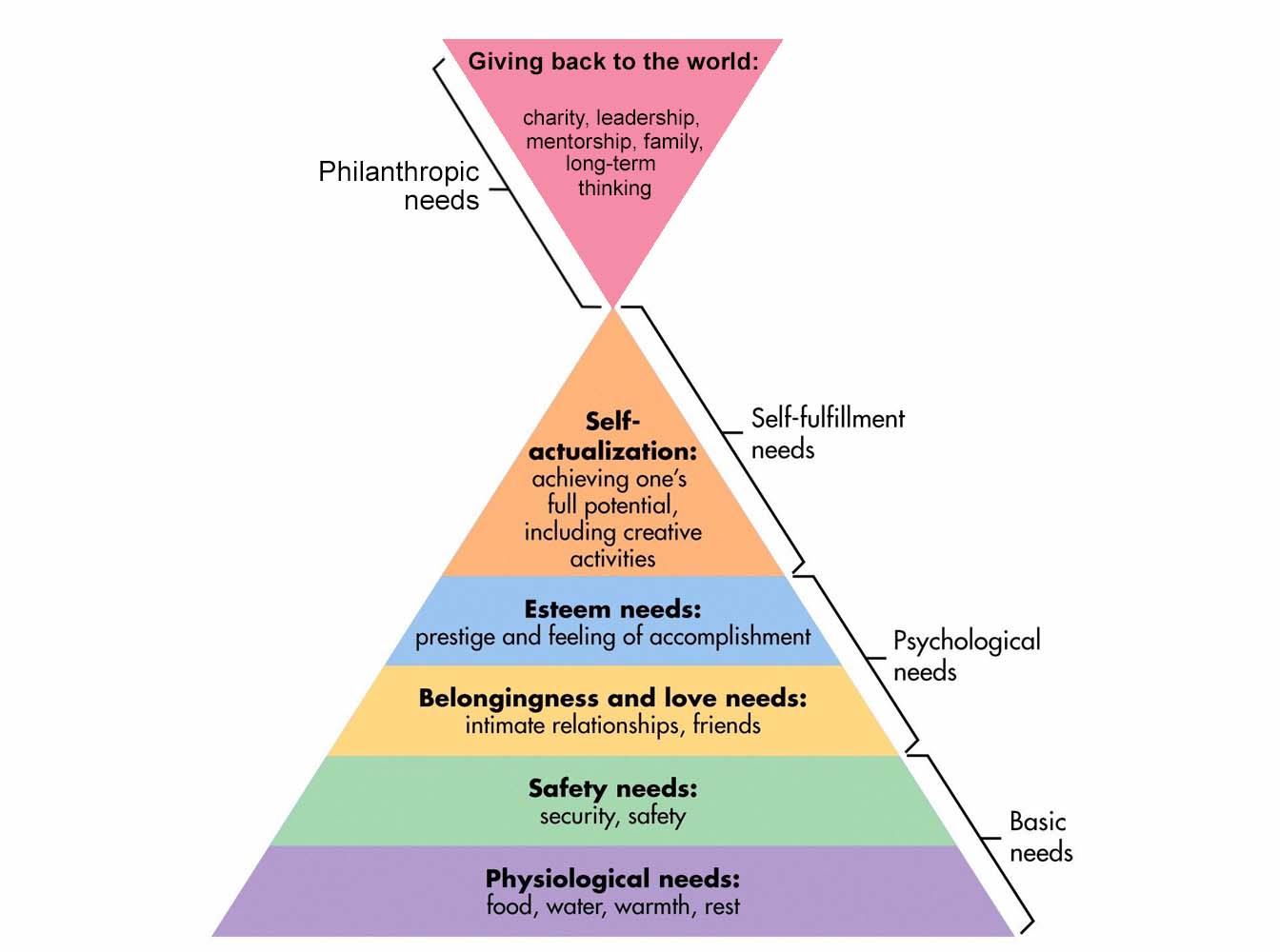
If there are deficiency needs and being needs, then I think there are also giving needs.
Once you reach a certain level of self-actualization, what else is there to do but give back?
Of course, one can always give back; Abrahamic religions encourage giving donations, charity, tzedakah as part of their foundational principles.
These things can only be best accomplished, though, once the base of the pyramid has been met. This is where the Long Now comes in; once you have fulfilled your creative needs, what else is there left to do but give back?
What’s next
Just as a photo of the whole each can serve as a helpful reminder of the planet, the Clock is a reminder of the long-term impact of our actions and the vast potential of our future.
We all have to work to rise up the hierarchy of needs. But even once we reach the top, we start over again. We create anew and we give back. By striving to accomplish for ourselves, we can better give back to the world.
The ebbs and flows of life continue, and it’s our responsibility to make that happen.
Follow the Long Now
- Visit the Long Now Foundation Website to learn way more about what they do (they have tons of other cool projects, like Long Bets)
- Connect with the Long Now Foundation on Twitter, YouTube, or Facebook.
- The Long Now Foundation also has a bar you can visit in San Francisco called The Interval.
